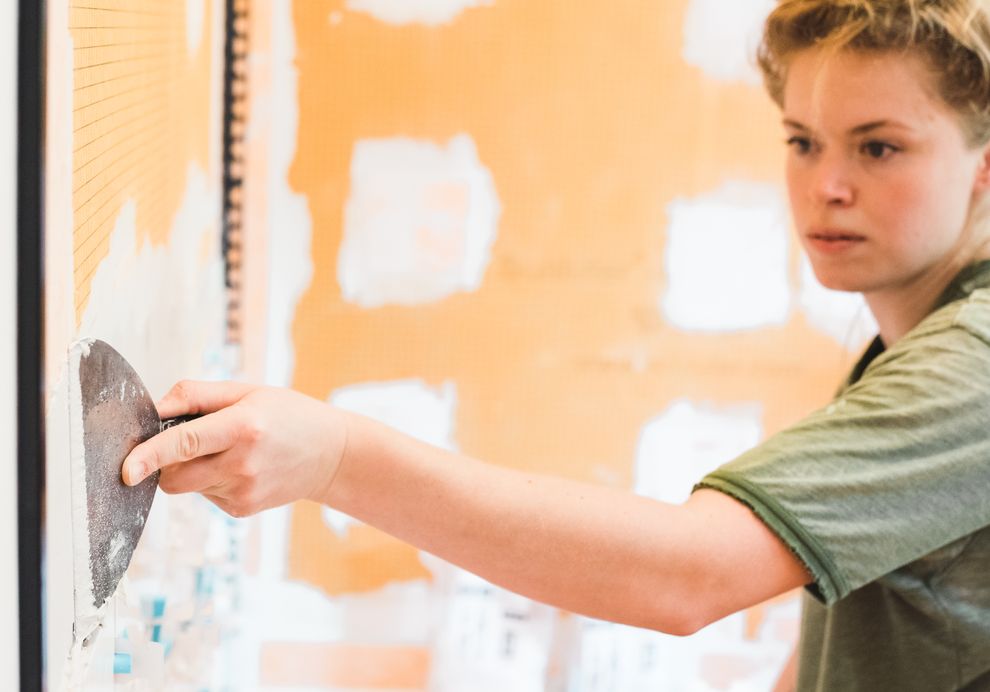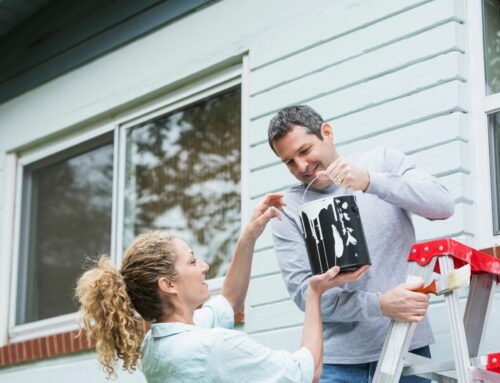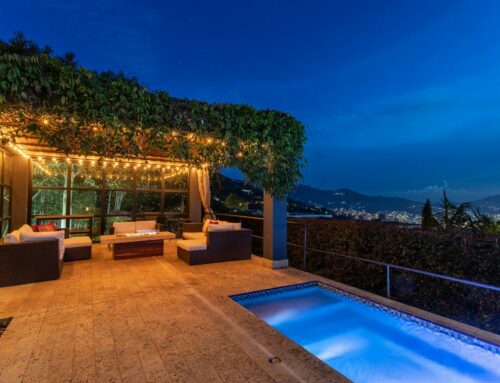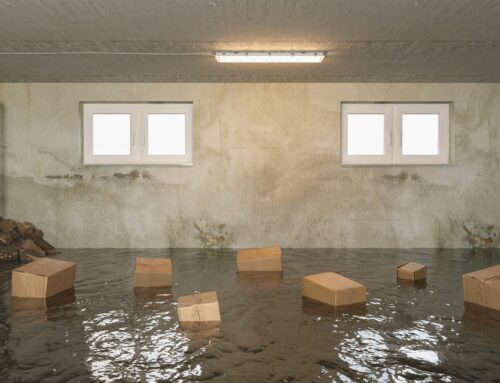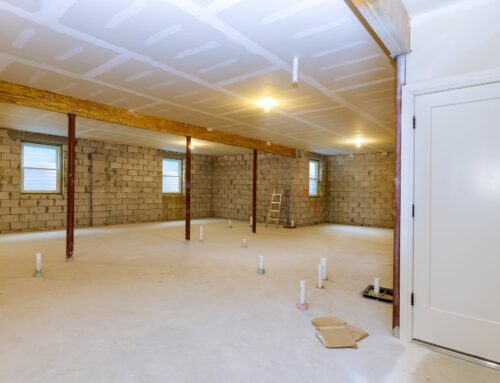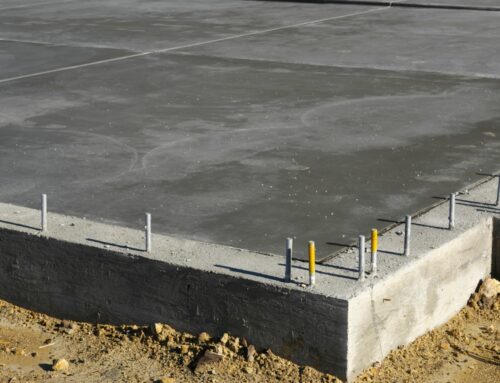Keeping water out of your basement is an important part of keeping your property safe. When you protect your moisture-sensitive flooring, you choose between many of your vapor barrier and waterproofing membrane options.
While many vendors market underlays as having vapor barriers that’ll be enough to protect your basement, that’s not always the best option. Many packaging labels also put vague words like moisture protection, making choosing the best material to use even more challenging.
The truth is that moisture protection is rarely enough to protect against all types of moisture. With that said, here are the main differences between vapor barriers and waterproofing membranes:
Waterproofing Membranes
These are usually made from thick plastic sheeting material, acting as a barrier to moisture. They are usually found under concrete slabs as part of the foundation. They are typically effective under a low-pressure amount, but they can lose their waterproof properties once they carry high pounds per square inch.
While cases such as these do not always happen, it should be noted that accidents can quickly happen during flooding or at a building where the floor is piled with heavy and dense objects. Still, waterproofing membranes are generally a good option for homeowners and business owners for their quality moisture protection in most scenarios.
Moisture Barriers
Moisture or vapor barriers are effective against up to 75 percent relative humidity. These barriers are attached to an engineered wood or laminate floor that prevents moisture from entering. They drastically differ from waterproofing membranes since they do not offer the same waterproofing capabilities in most weather conditions.
Most of the time, less skilled contractors or home improvement workers recommend them for stopping moisture from entering sub-flooring, which is a huge misunderstanding about its capability.
How Do They Differ?
Waterproofing membranes are usually a liquid-rubber material applied just like traditional wall paint. They come in various types, including ones that require reinforcing fabrics and meshes or applying with a roller or a trowel.
Some waterproofing membranes are also cement-based, which is basically cement powder mixed with a highly flexible additive. It is then trowel-applied together with a reinforcing fiberglass mesh for more strength.
On the other hand, most moisture barriers vary in composition, but epoxy, polymer-based, and polyurethane are the three most popular types. Epoxy is used to fill open concrete pores to establish a monolithic membrane that guards against vapor transmission.
Polyurethanes are usually applied with a paint roller and come in pre-mixed packaging. While most moisture barriers have moisture limits, polyurethane does not. Lastly, polymer-based moisture barriers are the easy-to-apply, accessible, and inexpensive choice. Most of these products do not have incredibly high moisture limits.
Conclusion
As you choose between moisture barriers and waterproofing membranes, one of the first things you need to decide upon is what you’re protecting your floors against. If your goal is to protect them against water, you need a waterproofing membrane, but if you’re protecting them against moisture or vapor, you need a moisture barrier.
One Stop Plastering offers the best Bay area plastering and stucco services for residential and commercial clients. We offer interior and exterior plaster and stucco, window replacement and patching, Venetian plastering, concrete plaster wall installation, scaffolding installation, and waterproofing and leak detection in the Bay area. Call us today at 415-464-9400 for a free bid!

